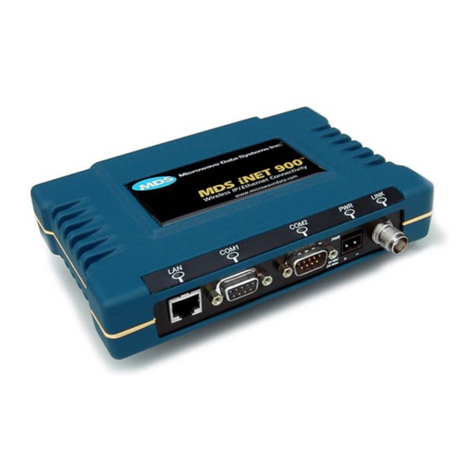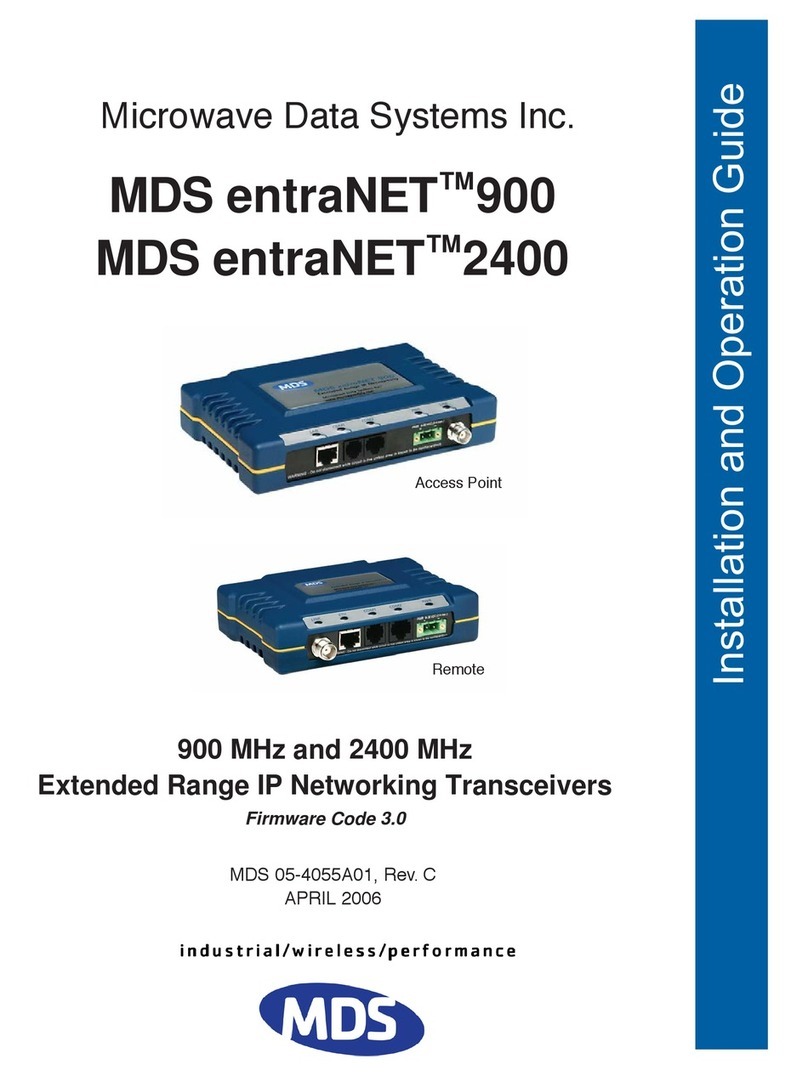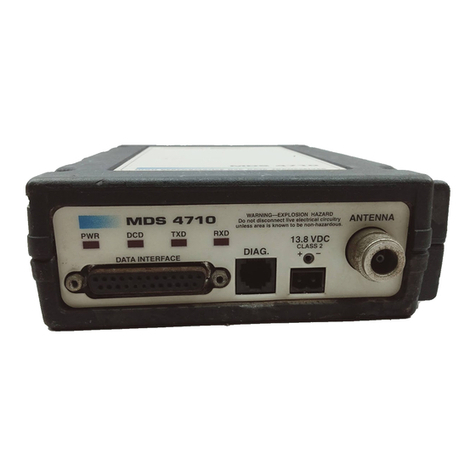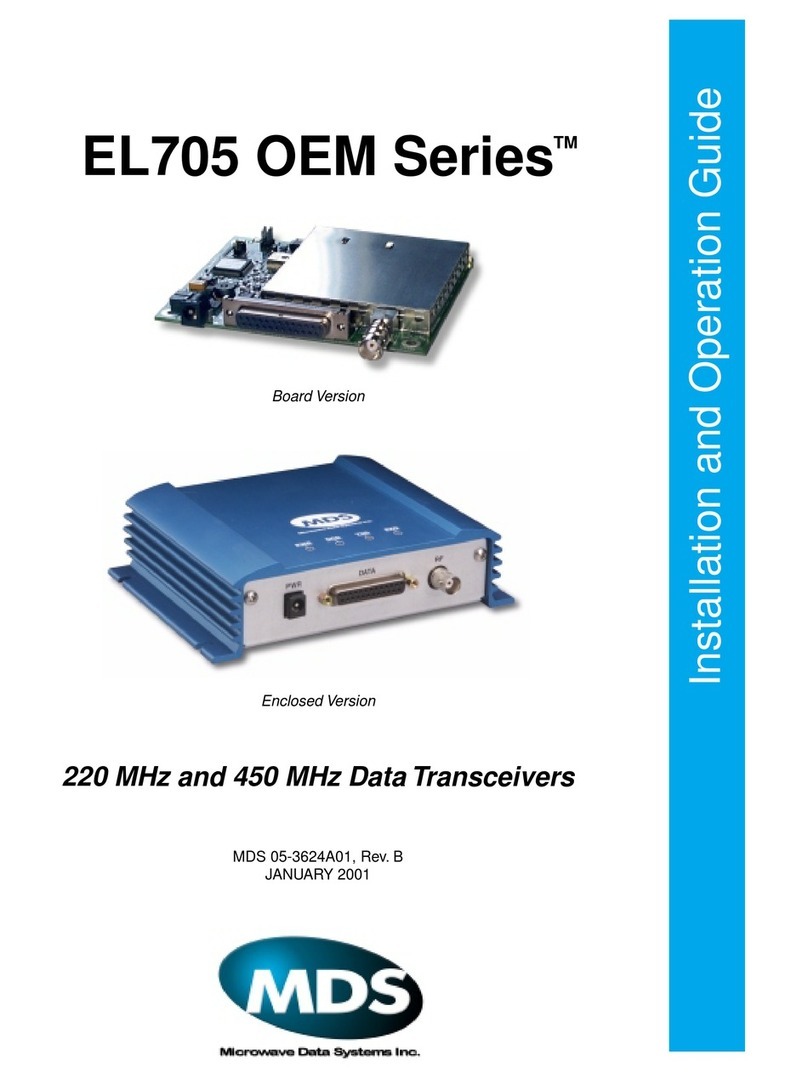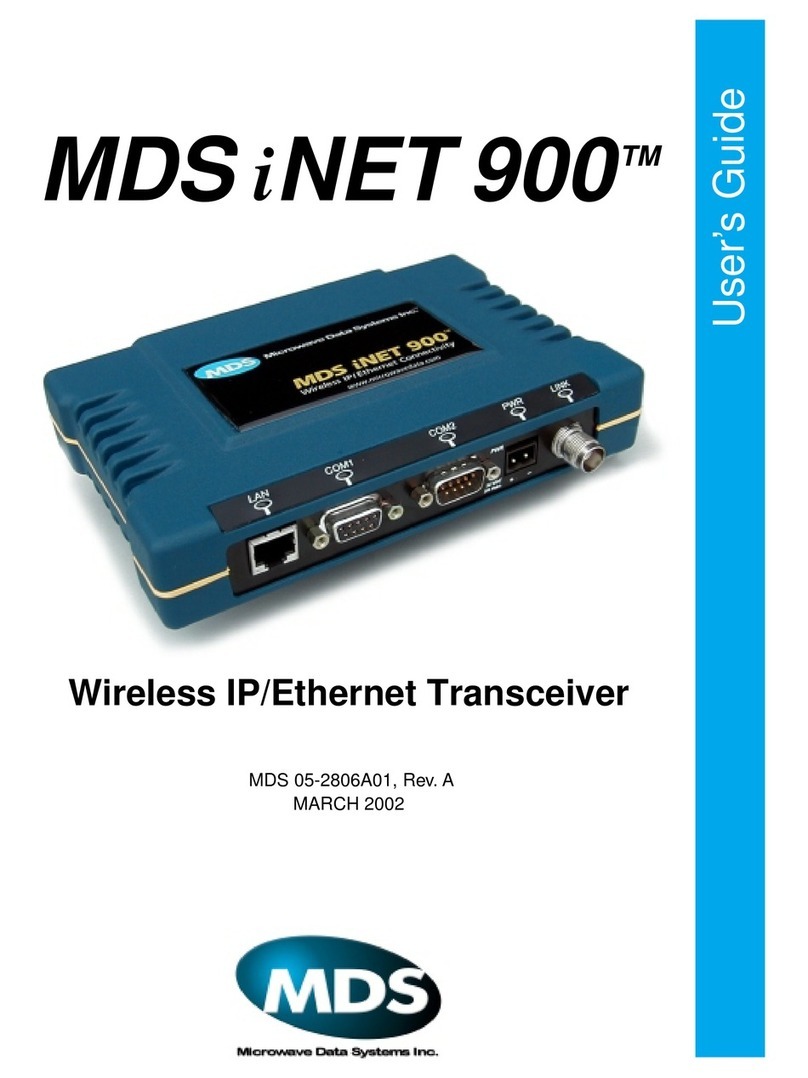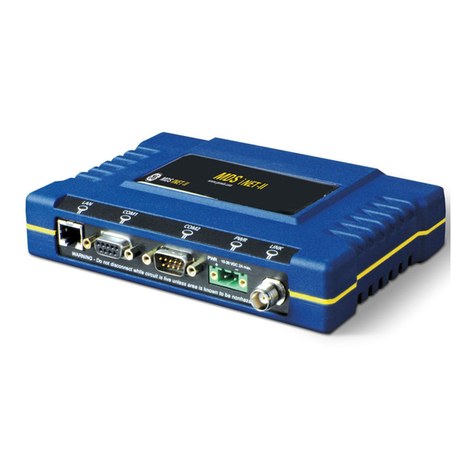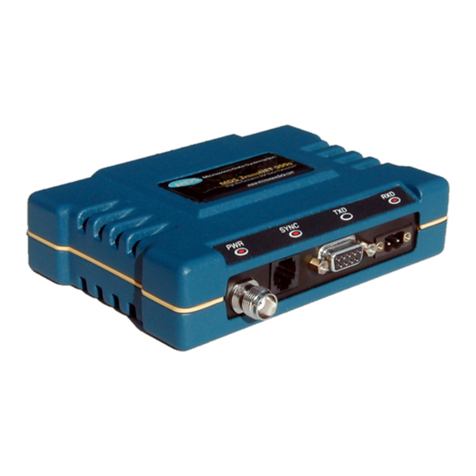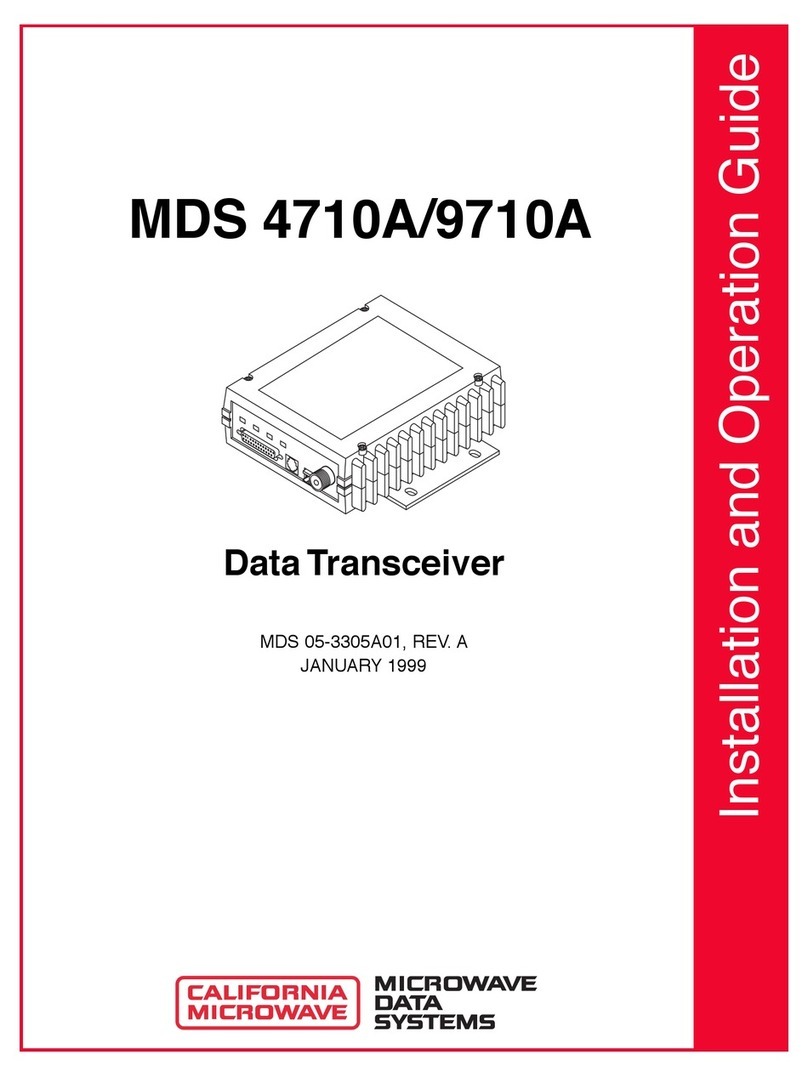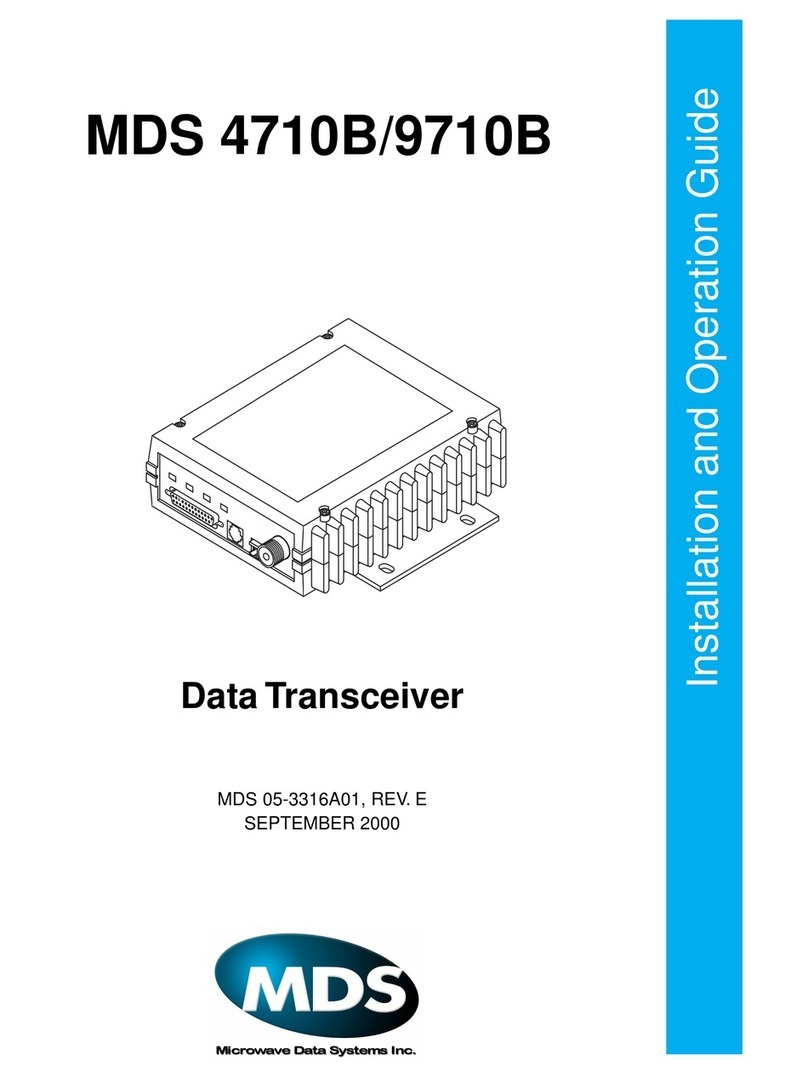
ii MDS 1710A/C and MDS 2710A/C/D MDS 05-3447A01, Rev. F
DLINK [ON/OFF/xxxx] ..................................................................25
DMGAP [xx]..................................................................................25
DTYPE [NODE/ROOT].................................................................25
DUMP...........................................................................................26
HREV............................................................................................26
INIT...............................................................................................26
INIT [2710]....................................................................................26
INIT [2720]....................................................................................26
KEY ..............................................................................................27
MODEL.........................................................................................27
MODEM [xxxx, NONE] .................................................................27
OWM [XXX...] ...............................................................................27
OWN [XXX...]................................................................................27
PTT [0–255]..................................................................................27
PWR [20–37] ................................................................................27
RSSI .............................................................................................28
RTU [ON/OFF/0-80]......................................................................28
RX [xxx.xxxxx] ..............................................................................28
RXTOT [NONE, 1-255].................................................................28
SCD [0-255]..................................................................................28
SER ..............................................................................................28
SHOW [DC, PORT, PWR].............................................................29
SNR..............................................................................................29
SREV............................................................................................29
STAT .............................................................................................29
TEMP............................................................................................29
TOT [1-255, ON, OFF]..................................................................30
TX [xxx.xxxxx]...............................................................................30
UNIT [10000...65000] ...................................................................30
6.0 TROUBLESHOOTING...............................................................30
6.1 LED Indicators ................................................................................31
6.2 Event Codes ...................................................................................31
Checking for Alarms—STAT command.........................................31
Major Alarms vs. Minor Alarms.....................................................31
Event Code Definitions.................................................................32
7.0 TECHNICAL REFERENCE .......................................................33
7.1 Transceiver Specifications ..............................................................33
7.2 Performing Network-Wide Remote Diagnostics .............................34
7.3 Bench Testing Setup ......................................................................36
7.4 Helical Filter Adjustment ................................................................37
7.5 Upgrading the Radio’s Software .....................................................38
Using Radio Software Upgrade Diskette ......................................38
Using Radio Configuration Software.............................................39
7.6 dBm-Watts-Volts Conversion Chart ................................................40
